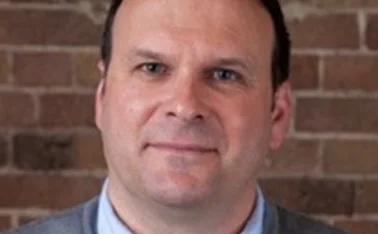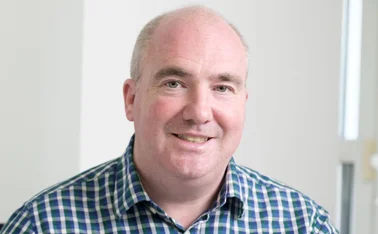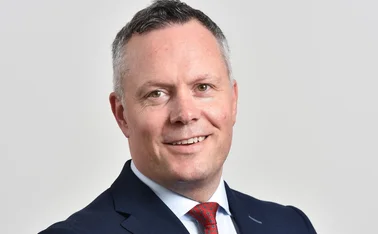
Speaking volumes

The results of Provident's fraud detection solution set an impressive standard for the industry. Liz McMahon finds out how, since Digilog's introduction, the insurer has trebled its detection rate for false claims
According to the latest figures from the Association of British Insurers, what used to be referred to simply as theft but is now more accurately referred to as fraud, costs insurers £1.9bn a year.
In an industry where there is often little unanimity, the rising level of fraud is one thing everyone can agree upon. And fraudulent claims are not only burning a hole in the pockets of the insurers - they bump up every individual's premium by an uncomfortable £44.
Experts may claim the recession has
Only users who have a paid subscription or are part of a corporate subscription are able to print or copy content.
To access these options, along with all other subscription benefits, please contact info@insuranceage.co.uk or view our subscription options here: https://subscriptions.insuranceage.co.uk/subscribe
You are currently unable to print this content. Please contact info@insuranceage.co.uk to find out more.
You are currently unable to copy this content. Please contact info@insuranceage.co.uk to find out more.
Copyright Infopro Digital Limited. All rights reserved.
As outlined in our terms and conditions, https://www.infopro-digital.com/terms-and-conditions/subscriptions/ (point 2.4), printing is limited to a single copy.
If you would like to purchase additional rights please email info@insuranceage.co.uk
Copyright Infopro Digital Limited. All rights reserved.
You may share this content using our article tools. As outlined in our terms and conditions, https://www.infopro-digital.com/terms-and-conditions/subscriptions/ (clause 2.4), an Authorised User may only make one copy of the materials for their own personal use. You must also comply with the restrictions in clause 2.5.
If you would like to purchase additional rights please email info@insuranceage.co.uk







